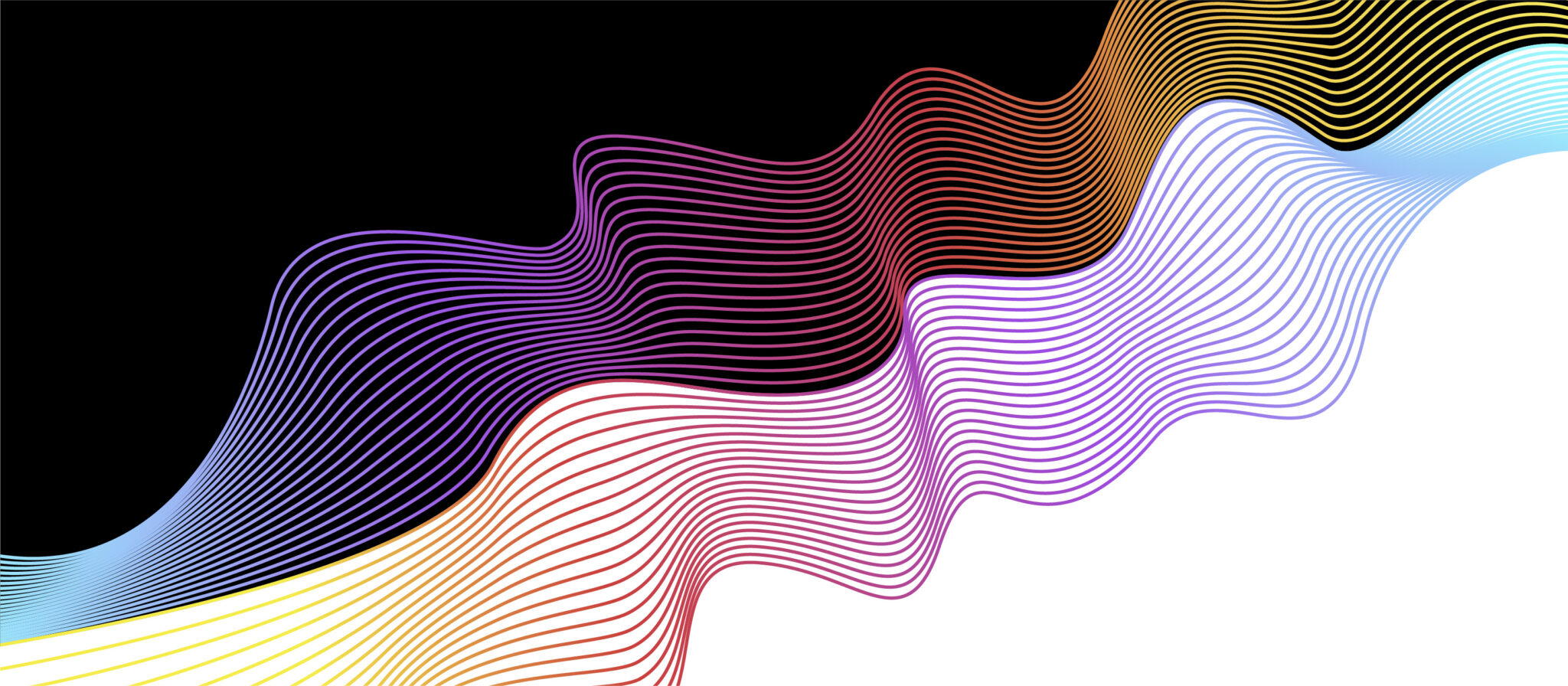×

There’s a growing gap in beauty retail that most brands don’t see coming. Our Director of Strategy, Alexa Jewell Schaefer, shares more in VMSD.

Imagine that instead of seeing color, you can hear and feel it. Or perhaps you can only see in black and white. Through her research, our Resource Librarian, Judith Fornash, explores different perspectives that highlight the importance of color in retail design and its impact on the customer experience.
There is an artist from Spain who is well-known in the art world for his creations of dazzling music and works of art. He is also known for his inability to see color. Zero color, zilch, 100% black and white, a 1950’s television. And he just so happens to be a cyborg. His name is Neil Harbisson.
What makes him a good artist is his distinctive talent and skill. What makes him a cyborg is the antenna that’s been implanted in his skull. This particular antenna is a sensory device that not only allows Neil to hear and feel color through vibrations, but allows him to receive satellite data and signals. No, I am not kidding.
Neil has expressed color as sound or feel, which got me thinking about the importance of color, particularly how it’s used in design. Certain colors, like shades of yellow for instance, vibrate at a high pitch, which in some instances can increase activity or make a space feel happy. However, these same yellows can also invoke agitation in environments that should require more calm. Would it be strategic to use certain yellows when designing something like an activity center to help make the environment feel lively? And conversely, could using those same yellows in a retail customer service area be detrimental if it has the potential to make frustrated customers feel even more agitated?
It’s hard to imagine living in a world where colors come charging at you sounding like a piano being tuned. Hearing and feeling color is a foreign concept to most of us, but it can allow us to consider another dimension when choosing colors.
Interestingly, there is a Micronesian island called Pingelap, where a large portion of the inhabitants are color blind due to a genetic mutation. Known as the Island of the Colorblind, residents use their sense of smell, for instance, to tell when fruit is ripe. For them to call something blue has no meaning. They view blue as just a word, not a mood, feeling, or a visual cue.
Although these examples could be considered extreme, they illustrate the importance of how color is about perspective. Perhaps subconsciously or not, we, as designers, are already perceiving the psychological and mood-altering impacts on the finishes we choose when working on a physical space. When making color selections, retailers should carefully consider all the nuances of the surroundings and the impact they could have on customers. In all aspects of design, we must consider when it’s most effective to take colors to the warmer or cooler side and what kind of mood-changing experience could result. The hue or tonal quality of a color could have a different impact from the intention we desired. Knowing that color has so much power shouldn’t be intimidating; it should empower us, particularly as we explore the various impacts it has on the customer experience.


